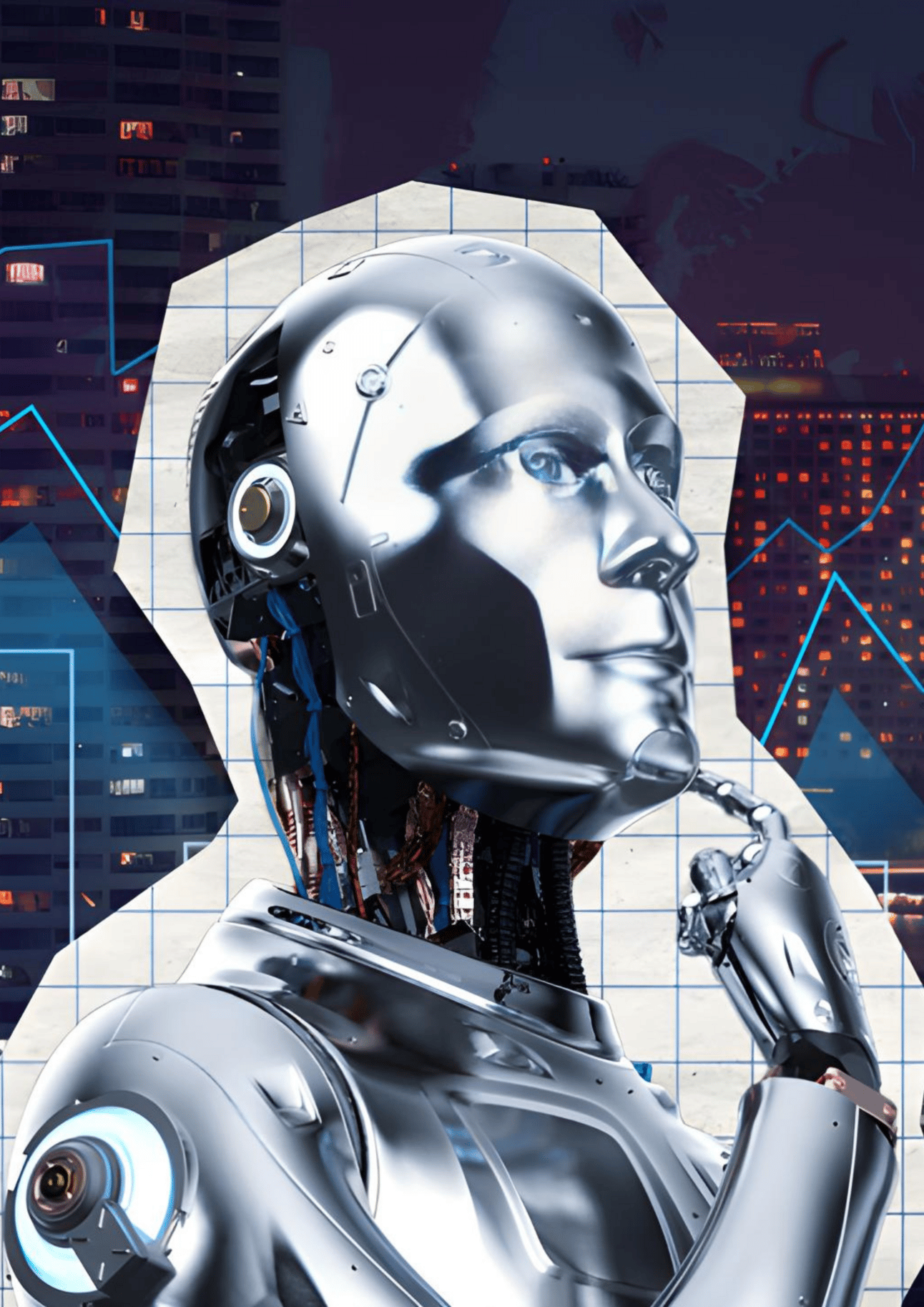
TRENDING

McAfee has launched the world’s first automatic AI-powered deepfake detector. This tool alerts users within seconds if a video contains AI-generated audio, achieving 96% accuracy. It processes data on-device and aims to combat the growing threat of AI-generated scams and misinformation.
What’s Ahead
Neuralink's Breakthrough: Second Participant Receives His Implant
Investors Are Starting to Pass on AI Startups—Here's Why
Meet The $16,000 Humanoid Robot That Can Take a Punch
HEALTHCARE

Neuralink's Breakthrough: Second Participant Receives His Implant
Neuralink’s latest participant, Alex, is demonstrating how brain-computer interfaces (BCIs) can significantly enhance independence and functionality for people with severe mobility impairments.
The Details
Alex, the second participant in the PRIME Study, had his Neuralink implant (Link) installed last month. His surgery went smoothly, and his recovery has been quick. Alex immediately broke records for cursor control, surpassing previous assistive technologies.
He has begun using the Link to design 3D objects with computer software (CAD) and play complex video games more effectively. Preventive measures have successfully avoided issues with thread retraction, a problem seen in the first participant.
Future updates will focus on expanding the Link’s capabilities, including enhanced mouse and game controller functions and new ways to interact with the physical world for greater personal independence.
👇 Watch: Two years ago, I started using AI in my side hustle, and within three months, I scaled it to six figures and quit my day job. Artificial Intelligence changes every facet of business, and early adopters will reap the rewards.
FINANCE

Investors Are Starting to Pass on AI Startups—Here's Why
As AI development costs rise, even as the sector attracts significant funding, some venture capitalists are reconsidering their investments in expensive AI startups.
The Details
Leah Solivan, founder of TaskRabbit and general partner at Fuel Capital, highlights that building AI companies now requires substantial financial resources, with some models costing over $100 million to develop.
While major players like Microsoft and Nvidia can support these high costs, smaller, early-stage funds may find the return on investment (ROI) insufficient, leading them to opt out of AI opportunities.
Solivan likens this trend to previous hesitations around hardware companies, where high capital demands made investment challenging for smaller funds. Despite AI’s potential and its impressive $50 billion in funding in 2023, the financial burden is leading some investors to rethink their strategies.

Offer Writing Services with AI Tools
Harness AI tools such as ChatGPT and Jasper AI to enhance your writing services. These tools expedite content creation by streamlining drafting, editing, and revising, making your writing process faster and more efficient.
ROBOTICS

Meet The $16,000 Humanoid Robot That Can Take a Punch
Unitree’s G1 humanoid robot boasts impressive agility, speed, and durability. It can perform advanced maneuvers and withstand impacts.
The Details
Unlike its predecessor, the G1 can walk, run, climb stairs, and endure kicks and punches. It can even collapse into a compact size for easy transport and perform basic krav maga stick techniques.
Despite having built-in LiDAR scanners, the G1 lacks a face and doesn't come with hands, though you can buy optional three-fingered hands for added functionality. The robot promises two hours of battery life but lacks self-recharging capabilities.
It's not intended for home use due to its powerful and complex nature, and some features are still in development. By 2025, future models may offer improved safety and capabilities at a lower cost.
Humans and AI
👇 Watch: Who knew robots could be therapeutic?
Researchers believe robot “coaches” could transform recovery for those with limb impairments from strokes or brain injuries. Since around 80% of these patients have limited arm movement and only 31% keep up with their exercises, motivation is key.
A new robot is stepping in to help. It reads the user's brain signals to predict their desired movements during exercises and then mimics these moves while offering real-time encouragement and feedback.
AI Stock Watch

This Little-Known Artificial Intelligence Stock Is Up 50% in 2024
Parsons saw its stock rebound strongly after early pandemic struggles. Specializing in cybersecurity, missile defense, and smart cities, it has leveraged AI to drive growth.
With a 23% revenue jump in Q2 and strong cash flow, Parsons' stock, trading at 29 times projected earnings, looks attractive despite anticipated slower growth in 2025.
Stock price: 95.34 USD as of writing
Thanks for reading!
Reply Awesome if you liked it, or Try Again if we can do better.

